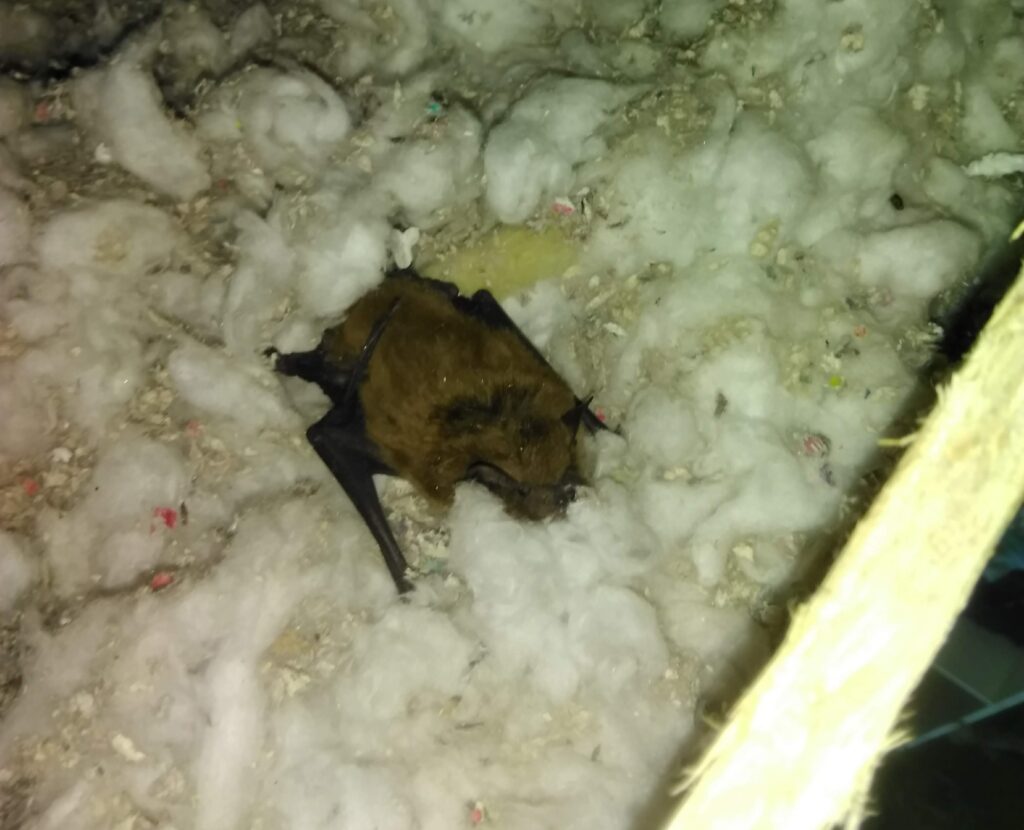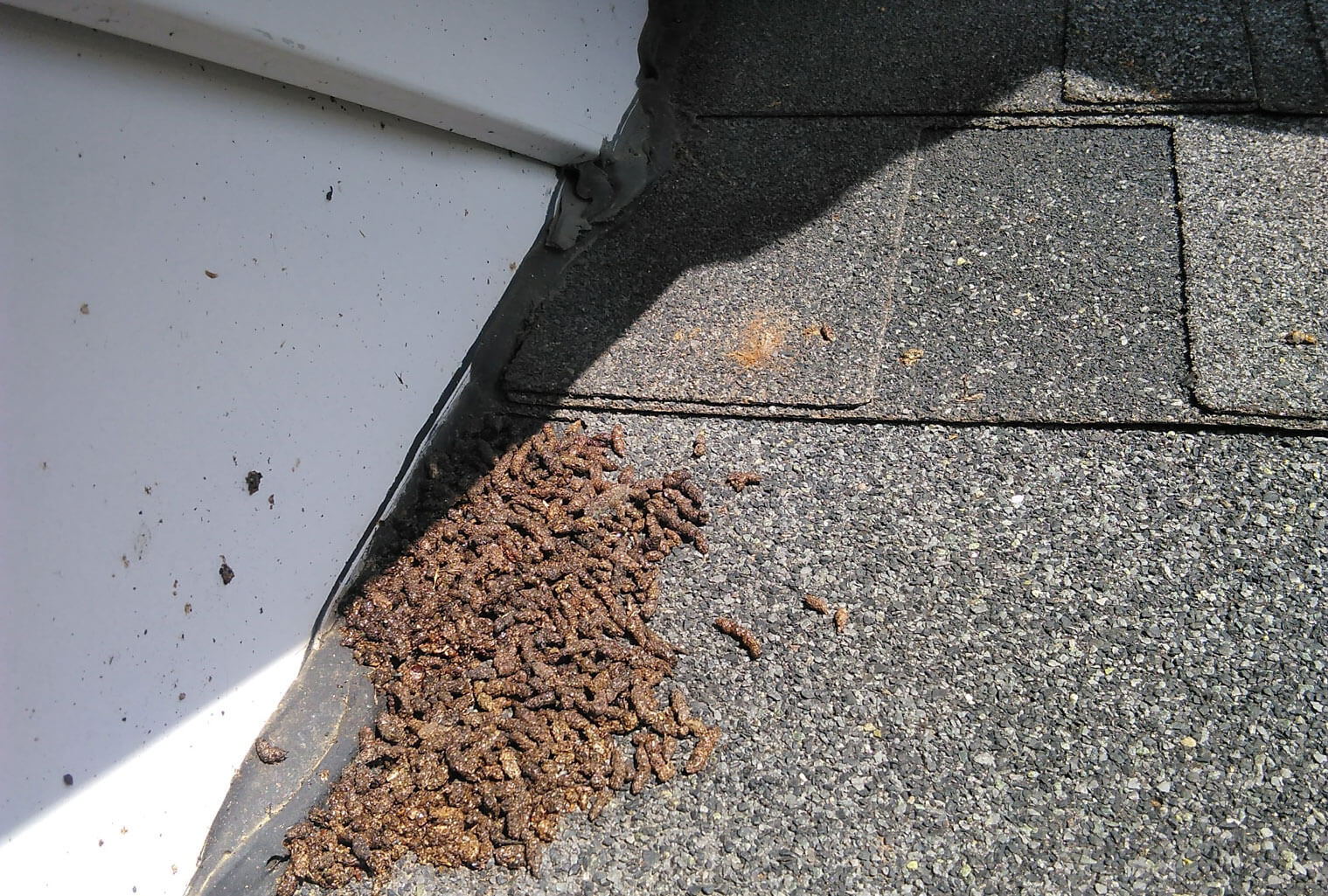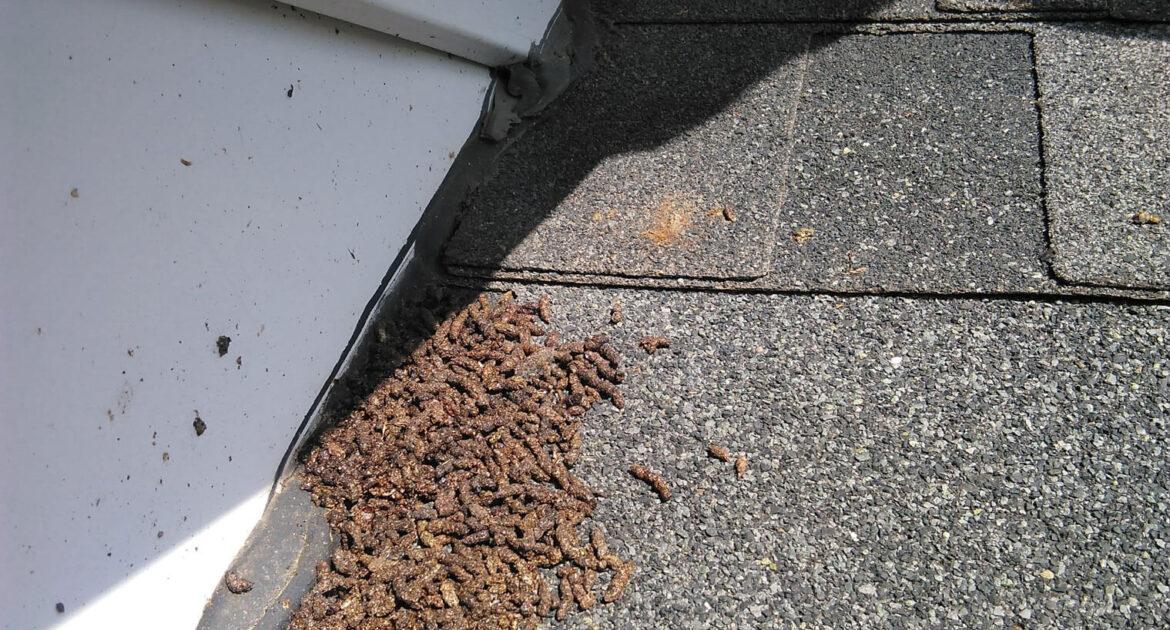Bats are intriguing animals. As nature’s only true flying mammals, they hold a special place in the ranks of special wildlife animals. They rule the night skies but during the day must find suitable retreat. Depending on the species of bats and the season, the retreat may be a natural space or a man-made one. Canadians can expect to see one or more of the region’s 17 bat species in their neighbourhood at different times during the year. Unfortunately, bat control becomes necessary when they find refuge in Ajax’s commercial and residential buildings.

Bat Havens
During the winter, bats seek shelter from the harsh, cold climate. For most species, such as the plain-nosed or the eastern small-footed bat, the ideal refuge from the winter are caves and abandoned mines. These bats tend to hibernate in groups and sometimes they migrate miles away to find suitable locations for hibernation.
Other species, such as the big brown bat, may wind up in spaces that are also used by people. When bats enter residential buildings, they often occupy spaces like the attic or chimney. As spring approaches, bats will leave the attic but they may return to give birth and nurse their young which may result in bats being inside your building during the summer. Since migratory bats are away from their natural hibernation spots during the summer, they resort to spaces such as inside foliage or in crevices in and around cliffs as temporary alternatives.
Bat Activity During the Day
Just because they are nocturnal animals doesn’t mean you won’t see bats around during the day. It may, however, signal danger, especially for the bat. Bats that are suffering from the white-nose syndrome may leave the hibernation spaces before the winter ends and may be seen flying around during the day. Occasionally, bats that are nursing their young, will venture out during the day to find food.
The Recommended Response to a Bat Situation
If you hear or see signs of bats inside your building (thumping sounds as they fly around inside or the very obvious- sightings of bats flying from exit points), you should get expert help immediately. It is important that you avoid direct contact with the bats as they may be carrying diseases. Your attempts to remove bats may also cause harm to the animals.

Expert Bat Control
It goes without saying that while bats are fascinating and important (they help to keep our ecosystem in good balance) they should not be allowed to remain inside your home. In addition to exposing the occupants of the home to diseases, bats make using the space difficult as the noise they make disturb human activities (such as a relaxing night’s sleep) and the smell produced by their biological waste is more than unpleasant. Ajax homeowners will undoubtedly be pleased to find that Skedaddle’s wildlife technicians have the ideal solution to all bat intrusion issues.
Skedaddle’s wildlife technicians will examine your home to identify the causes and extent of the intrusion problem. This expert assessment is then used to craft a removal plan, which comprises human and effective bat control and removal strategies. During removal, Skedaddle’s wildlife technicians apply their expert training in wildlife behaviour along with innovative industry-leading technology and tools to get bats to leave your Ajax property. A post removal assessment is done to ensure that all the bats have left the space and no offspring are left inside. Clearing and cleaning are done next to ensure that all the biological evidence of bat presence is removed. To provide you with added peace of mind, we will protect your Ajax home from future bat intrusion by sealing all access points and installing one-way doors (if a few bats are left inside).




